What is Overmolding?
Overmolding is a manufacturing process in which a substrate or base component is covered or encapsulated with a second material, usually a thermoplastic elastomer (TPE), to create a composite product. It involves injecting the second material onto or around the first component, bonding them together to form a single integrated part. Skilled professionals like those at HordRT offer swift and precise over-molding services to assist you in designing your project
The Over-molding Process
- First, the substrate material is prepared and placed into a mold.
- Then, the overmolding material is injected or molded over the substrate material.
- The two materials are bonded during the molding process, creating a strong and durable bond between them.
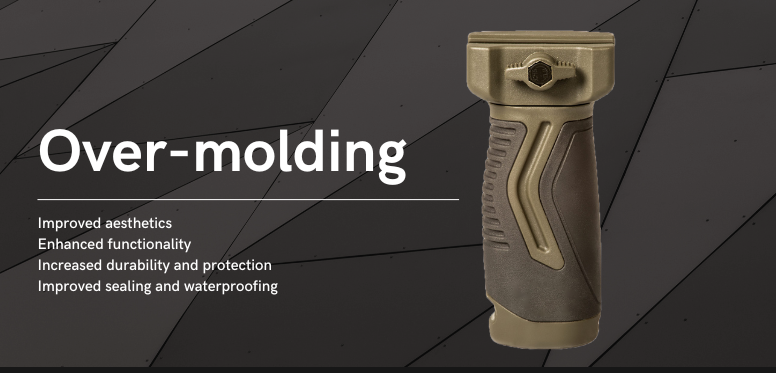
Rules of Overmolding Design and Production
Rules of Overmolding Design and Production

- The best bonding is generally achieved when wall thicknesses are within the range of 0.060" to 0.120" (1.5 mm-3 mm).
- To minimize localized stresses, it is recommended to maintain radii of at least 0.020" or 0.5mm in corners.

- If thick thermoplastic elastomer sections are necessary for the part, it is advisable to core them out to minimize shrinkage problems, reduce part weight, and lower cycle time.
- It is recommended to avoid deep and blind pockets or ribs in your design.
- To prevent flow issues such as backfills and gas traps, gradual transitions between wall thickness should be used.

- To avoid warpage, especially for flat or long parts, the thermoplastic elastomer/thermoplastics vulcanizates should be less thick than the substrate.
- Overmolding requires mechanical or chemical bonding to the substrate. Therefore, the choice of overmolding materials should allow for this.
Applications of Overmolding
Applications of Overmolding
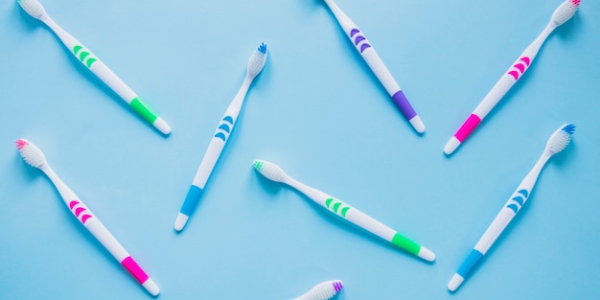
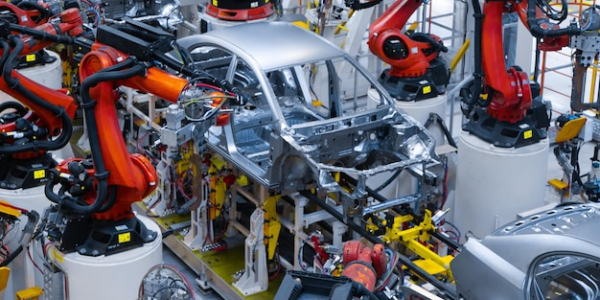
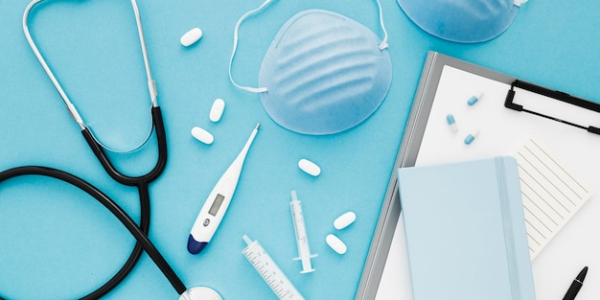
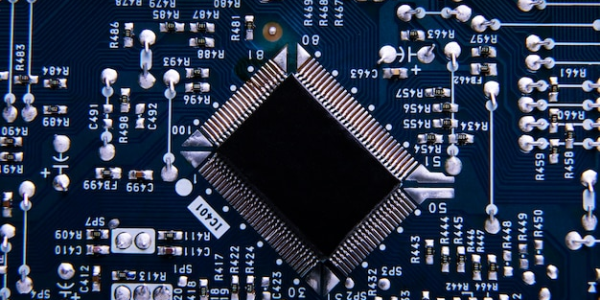
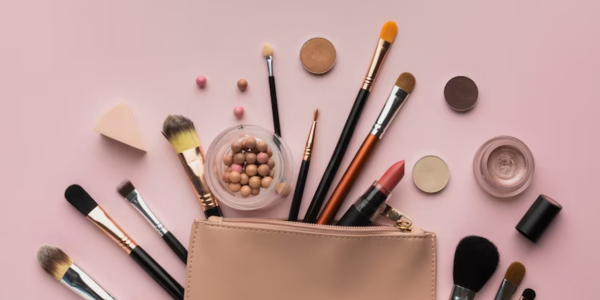
Get the Perfect Parts with HordRT Overmolding Services
Work with a professional overmolding manufacturer like HordRT.
Get the Perfect Parts with HordRT Overmolding Services
Work with a professional overmolding manufacturer like HordRT.
- 20+ years of experience
- 24 hours Instant Quoting
- NO MOQ required
- ISO9001 & IATF 16949 certificated quality
- Quick turnaround
- DFM analysis
Over-molding FAQs
The benefits of overmolding include enhanced functionality, improved aesthetics, increased durability, improved ergonomics, better sealing and waterproofing, simplified assembly, and customization opportunities.
Common materials used in overmolding include rigid plastics (such as ABS or polycarbonate) as the base material and flexible or elastomeric materials (such as TPE or silicone) as the overmolded material.
Design considerations for overmolding include material compatibility, part geometry, bonding between materials, proper gating and venting, and the specific requirements of the end-use application.
The cost implications of overmolding can vary depending on factors such as material selection, part complexity, tooling requirements, and production volume. Generally, overmolding can add complexity and cost to the manufacturing process compared to traditional molding techniques.

Choosing the Right CNC Surface Finish for Your Projects
The selection of the appropriate CNC surface finish is a significant factor that defines the quality and functionality of the machined parts. The type of surface finish depends on the need to meet the aspects of performance, appearance, and durability of the part.

Why is Over-Molding Essential in Modern Manufacturing?
Over-molding is a key process in modern manufacturing due to its innovation and flexibility. It involves joining two or more materials to create a single part, enhancing product strength, appearance, and use.

High-Pressure Die Casting: Advantages and Disadvantages
High-pressure die casting (HPDC) is a popular manufacturing process used to produce complex and high-precision metal parts, particularly for industries like automotive, aerospace, and consumer electronics. In this article, we will explore the key benefits and drawbacks of high-pressure die casting to help manufacturers and customers determine if it’s the right fit for their production needs.
Let us help you provide high quality parts in short time. Get your project started now!
Caution: HordRT is full Chinese company, please don't send any enquiry items involved export controlled by U.S. law. e.g. EAR, ITAR etc
-q4gvl4k29y4hq8j9rjpapvj0ft06fje63olt7p210i.png)